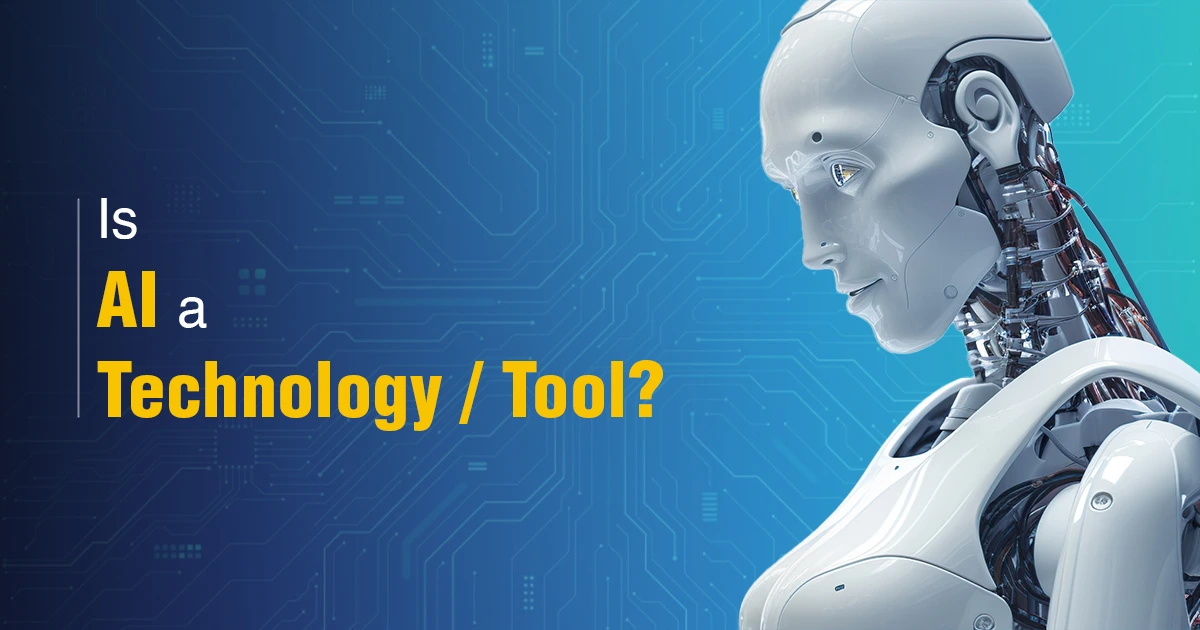FET Blogs





Artificial intelligence (AI) has transformed industries worldwide. From healthcare to finance, AI is shaping the future. But is it just another tool, or is it a standalone technology? This question often sparks debate. Understanding AI’s role can help businesses and individuals make better decisions.
AI falls under the broader field of artificial engineering. The field of artificial intelligence includes robotics, machine learning, and automation. While AI is an advanced system, it operates based on data, algorithms, and user inputs. It does not possess independent thought or creativity. Instead, AI processes information quickly and efficiently, making it a valuable tool in many industries.
Historically, every new technology has gone through phases of excitement and doubt. The same is happening with AI. Some believe it is a revolutionary technology, while others see it as a tool that enhances existing processes. The truth lies somewhere in between.
Every industry relies on tools to improve efficiency. AI is no different. It assists in decision-making, data analysis, and automation. Robotics companies use AI for automation, but these systems still require human guidance. AI cannot function without human input.
For example, businesses use AI for customer support, data processing, and content creation. However, AI does not generate new ideas or strategies. Humans must provide context and creativity, making AI a tool rather than an independent technology.
Machine learning is a key component of AI. It allows systems to learn from data and improve over time. However, it does not mean AI can think like a human. AI only recognises patterns and makes predictions based on existing data.
For instance, an AI engineer develops machine learning models to automate tasks. These models help businesses streamline processes. However, they do not replace human decision-making. AI can suggest solutions, but it cannot create original strategies.
Many companies invest in AI, hoping for a competitive advantage. AI can analyse large amounts of data and identify trends. But AI alone does not guarantee success. Businesses must integrate AI with human expertise.
Take OpenAI, for example. It develops advanced AI models but still relies on human training and supervision. AI cannot understand context, emotions, or creative concepts without human input. This is why businesses should see AI as a supporting tool rather than a solution.
AI, or Artificial Intelligence, is widely used in robotics. Robots assist in manufacturing, healthcare, and logistics. However, they still follow programmed instructions and do not think independently. Robotics companies use AI to improve automation, but the core decision-making remains human-led.
For example, a robot in a factory can assemble products faster than a human. However, it cannot decide to improve the design or change its process. This highlights AI’s role as a tool rather than an independent technology.
Many people around the world are concerned about AI replacing human creativity. The fact is that AI can never replace human creativity. AI can generate text, create images, and analyse data. However, all these actions are based on past data. AI does not create new ideas.
Consider AI-generated content. AI is able to provide a number of blogs and articles in a couple of minutes, but it does not offer a unique or fresh outlook. Only humans can add a new perspective with their experiences and personal anecdotes.
The future of AI is promising. It will continue to evolve and enhance various industries. However, AI will always be a tool that supports human efforts. Whether in artificial intelligence and machine learning, robotics, or business analytics, AI will play a crucial role in development.
An AI engineer can build more intelligent systems, but those systems will still need human supervision. Artificial engineering will make many advancements in the future, making it more efficient. However, none of the AI tools or technology will ever be able to replace human originality and intelligence.
AI is a powerful tool, but individuals must understand that it is not a standalone technology. AI lacks independent thought and creativity, and it cannot replace human originality.
Companies like OpenAI develop AI to assist, not replace, human roles. AI in artificial intelligence and machine learning, robotics, and business continues to grow. But at its core, AI remains a tool that requires human guidance. Businesses that understand this will use AI effectively while maintaining a strong human element.
A1: Artificial intelligence is when computers are made to think and learn like humans. They can solve problems, understand language, and even make data-based decisions.
A2: AI works by using machine learning and other techniques to study patterns in data. It learns from experience, makes predictions, and improves over time. Some AI systems can even recognise speech and images and make decisions on their own.
A3: AI helps in many ways. It speeds up tasks, reduces human errors, and allows people to work without getting tired. It is used to improve efficiency in robotics, healthcare, customer service, and many other fields.
A4: The different types of AI categories are: